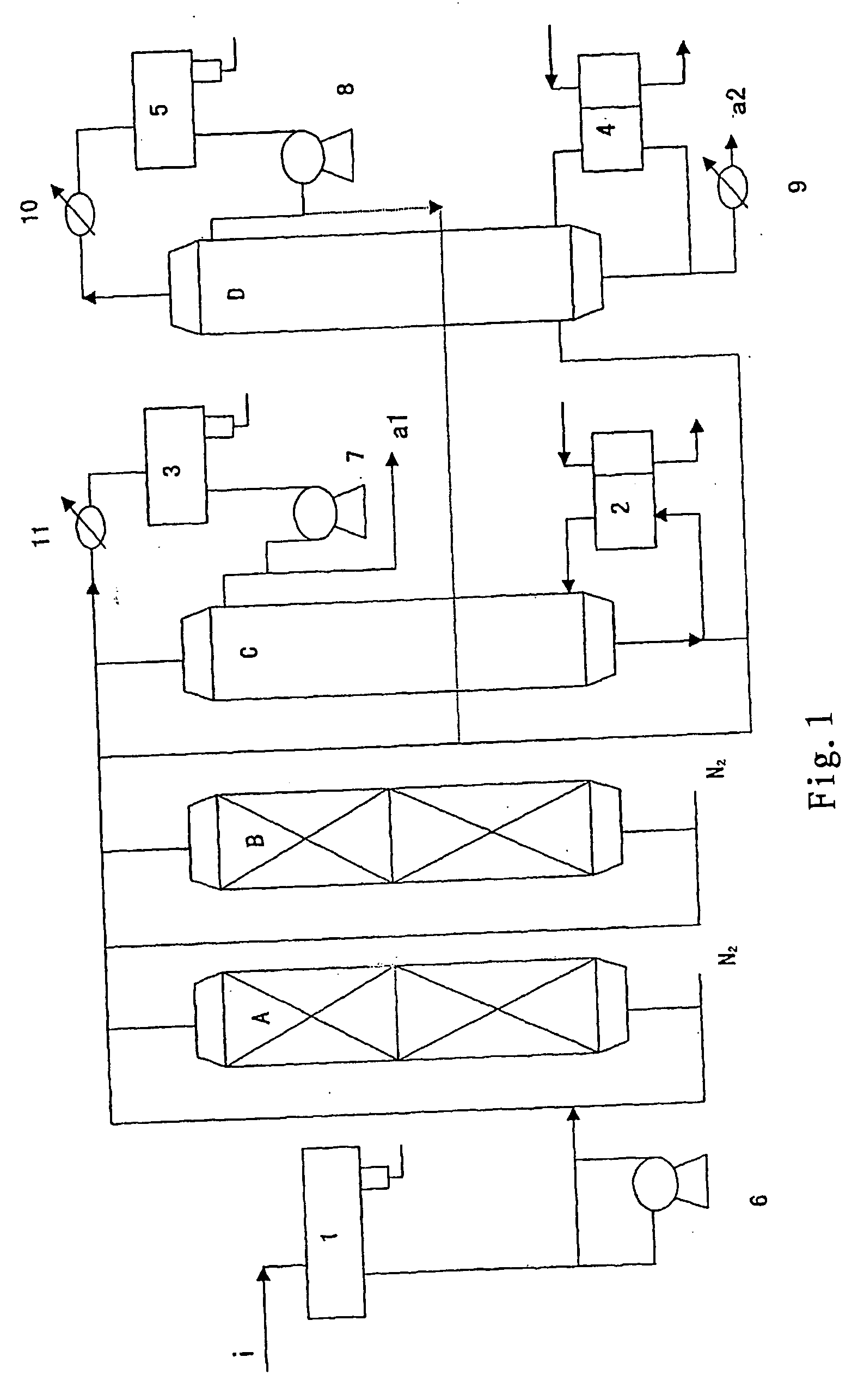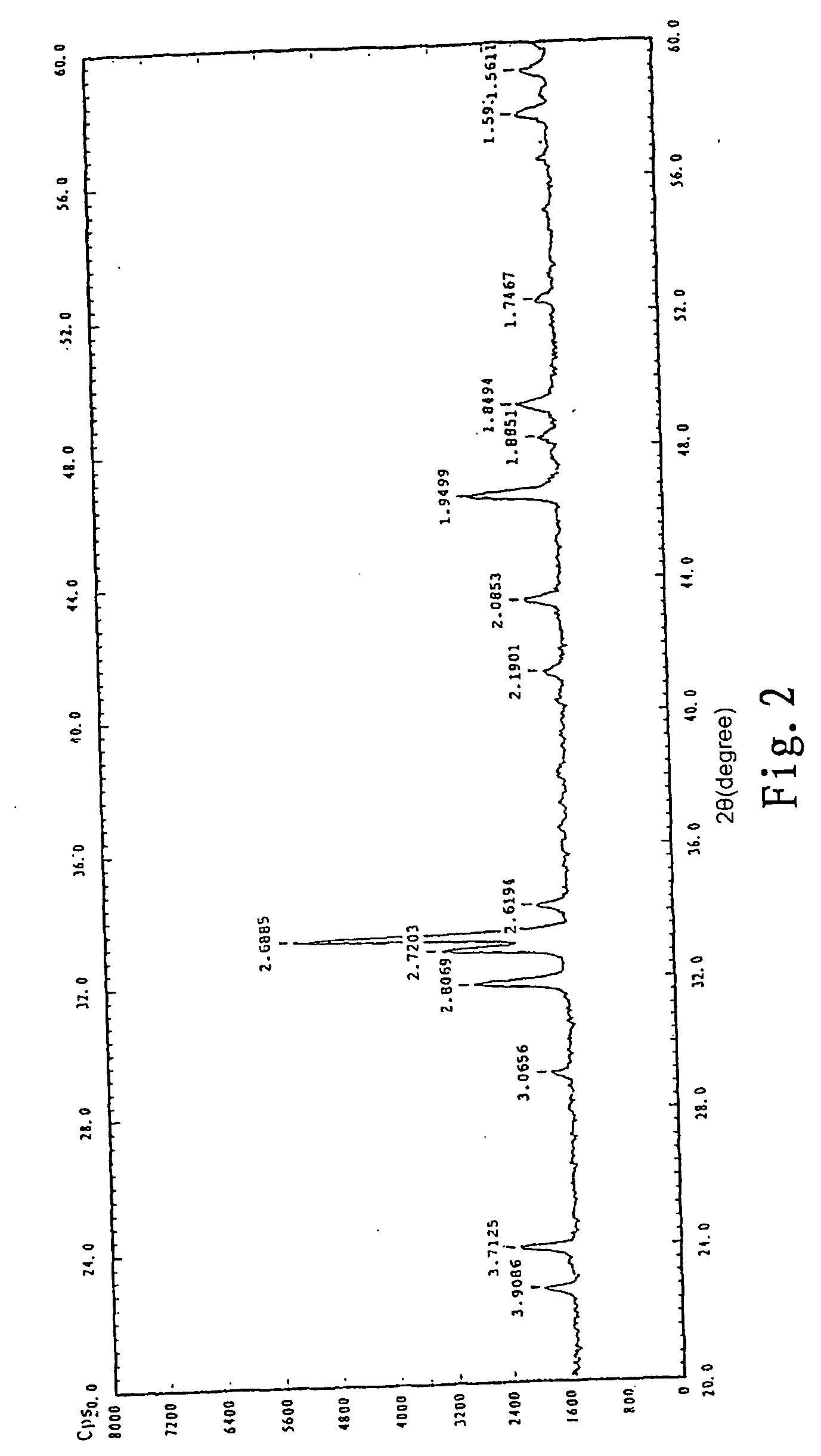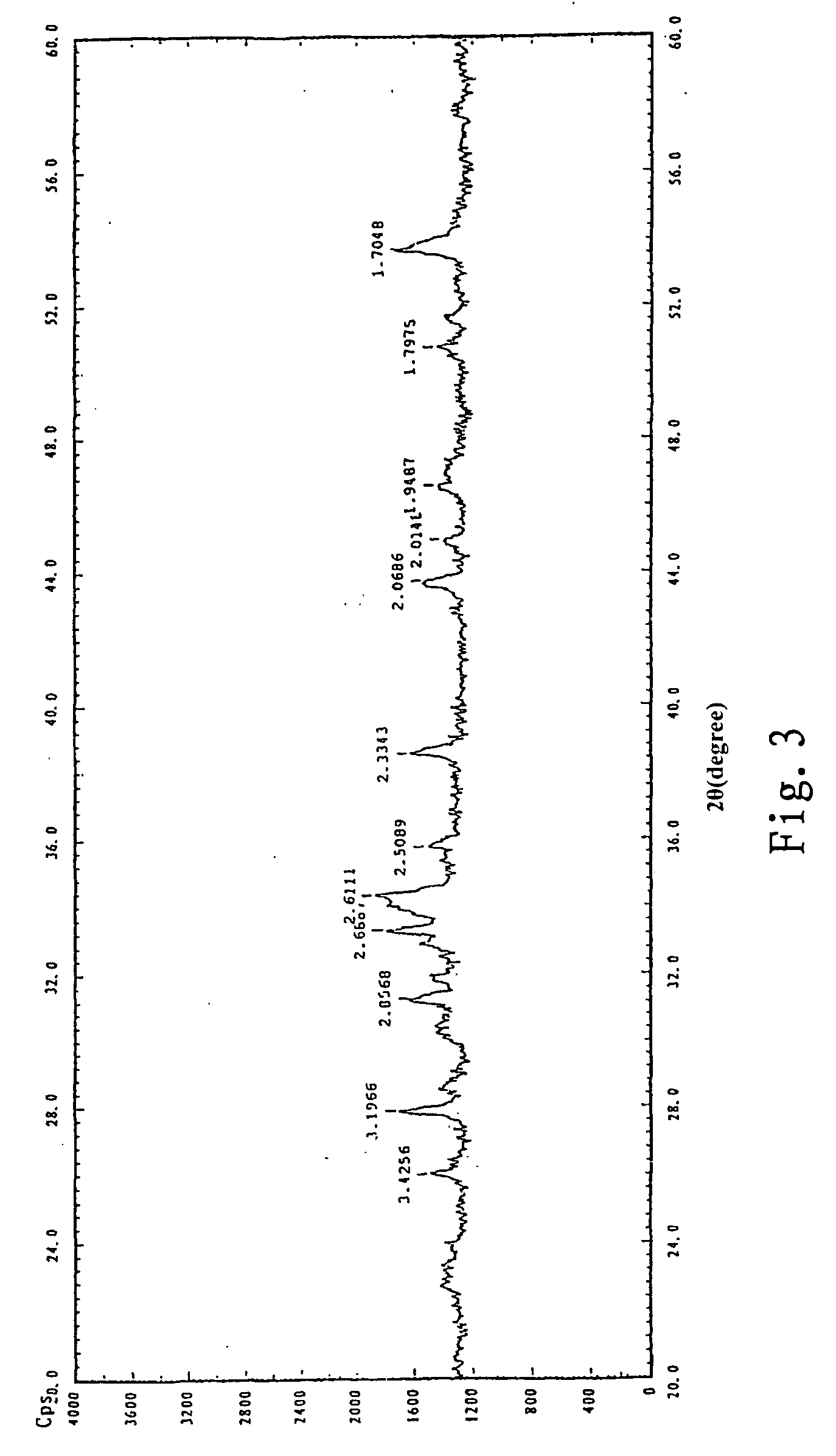Process for commercial-scale refining liquefied petroleum gas
- Summary
- Abstract
- Description
- Claims
- Application Information
AI Technical Summary
Benefits of technology
Problems solved by technology
Method used
Image
Examples
example 1
[0034] Referring to FIG. 1, this example refines LPG by using two fixed bed reactors respectively for fine desulfurization and mercaptan conversion and two stages rectification. In FIG. 1, A is a fixed bed fine desulfurization reactor (tower) for removing hydrogen sulfide; B is a fixed bed catalytic reactor / tower for catalytic oxidization and conversion of mercaptans into disulfides; C and D respectively are a preceding stage rectification tower and a subsequent stage rectification tower, wherein the preceding stage rectification tower is used for separating the disulfides in LPG, and the subsequent stage rectification tower is used for obtaining the disulfide products. In FIG. 1, 1 is a surge tank; 2 and 4 are reboilers; 3 and 5 are reflux tanks; 6, 7 and 8 are pumps; and 9, 10 and 11 are coolers. After the hydrogen sulfide of LPG is removed by ethanolamine (crude desulfurization), the LPG goes through the inlet i, and is treated through the flow chart consisting of A, B, C and D, ...
example 2
[0042] Example 2 is similar to Example 1, and the difference lies in that: the desulfurizer T2 used in the fine desulfurization comprises 91-95% 3CaO.Fe2O3.6H2O as effective component, with the main remaining component being calcium oxide, and has a bulk density of 1.2 g / cm3. The selected operation conditions are as follows: [0043] (1) The temperature is 10-30° C.; the selectable pressure range is 0.8-1.1 MPa; the liquid space rate is 1 h−1; the loading height of desulfurizer is 7.49 m; and the ratio of height to diameter is 4:1. [0044] (2) The temperature is 30-50° C.; the selectable pressure range is 1.1-1.4 MPa; the liquid space rate is 1.5 h−1; the loading height of desulfurizer is 7.60 m; and the ratio of height to diameter is 5:1. [0045] (3) The temperature is 60-100° C.; the selectable pressure range is 1.4-1.8 MPa; the liquid space rate is 2 h−1; the loading height of desulfurizer is 7.79 m; and the ratio of height to diameter is 6:1.
example 3
[0046] Example 3 is similar to Example 1, and the difference lies in that: the desulfurizer T1 used in the fine desulfurization comprises 91-95% 2CaO.Fe2O3 as effective component, with the main remaining component being calcium oxide, and has a bulk density of 1.1 g / cm3. The reaction between the hydrogen sulfide in the LPG and 2CaO.Fe2O3 produces sulfur and a mixture of ferrous sulfide and Fe7S8, and these resultants adhere on the desulfurizer. The selected operation conditions are as follows: [0047] (1) The temperature is 10-30° C.; the selectable pressure range is 0.8-1.1 MPa; the liquid space rate is 1 h−1; the loading height of desulfurizer is 7.71 m; and the ratio of height to diameter is 4:1. [0048] (2) The temperature is 30-50° C.; the selectable pressure range is 1.1-1.4 MPa; the liquid space rate is 1.5 h−1; the loading height of desulfurizer is 7.82 m; and the ratio of height to diameter is 5:1. [0049] (3) The temperature is 60-1,00° C.; the selectable pressure range is 1....
PUM
| Property | Measurement | Unit |
|---|---|---|
| Temperature | aaaaa | aaaaa |
| Temperature | aaaaa | aaaaa |
| Temperature | aaaaa | aaaaa |
Abstract
Description
Claims
Application Information
 Login to View More
Login to View More - R&D
- Intellectual Property
- Life Sciences
- Materials
- Tech Scout
- Unparalleled Data Quality
- Higher Quality Content
- 60% Fewer Hallucinations
Browse by: Latest US Patents, China's latest patents, Technical Efficacy Thesaurus, Application Domain, Technology Topic, Popular Technical Reports.
© 2025 PatSnap. All rights reserved.Legal|Privacy policy|Modern Slavery Act Transparency Statement|Sitemap|About US| Contact US: help@patsnap.com



